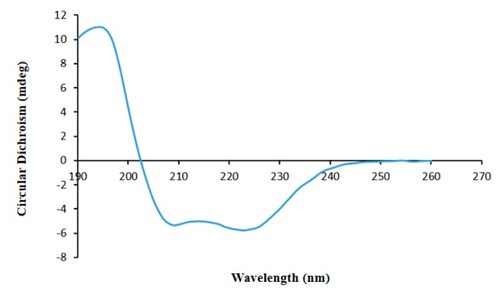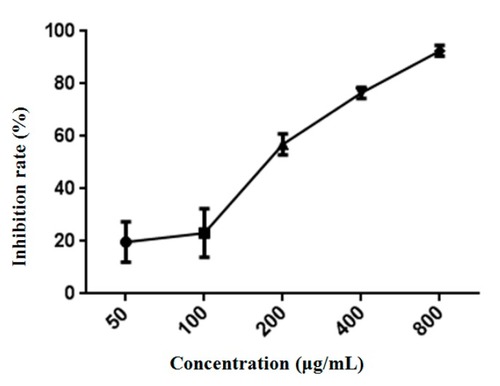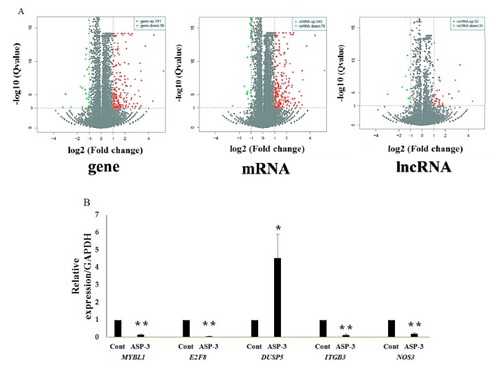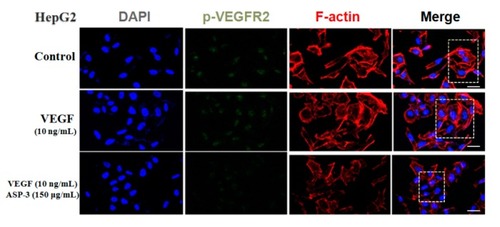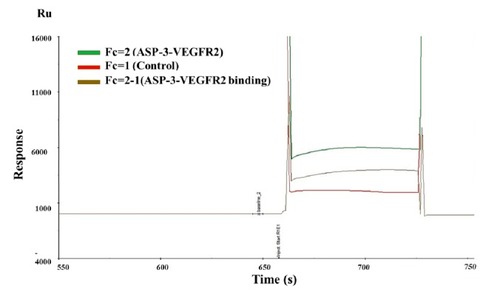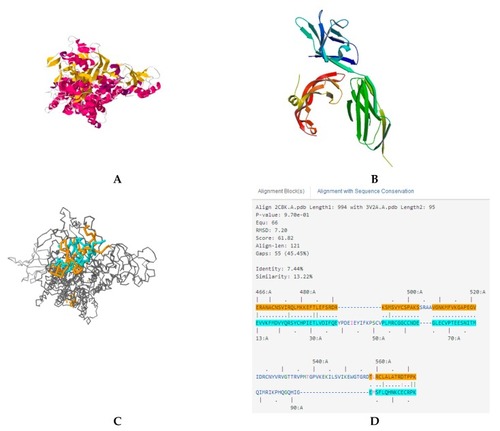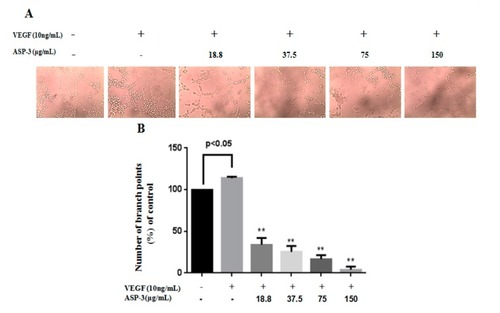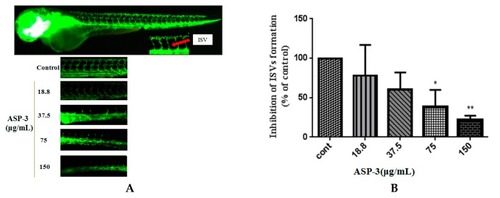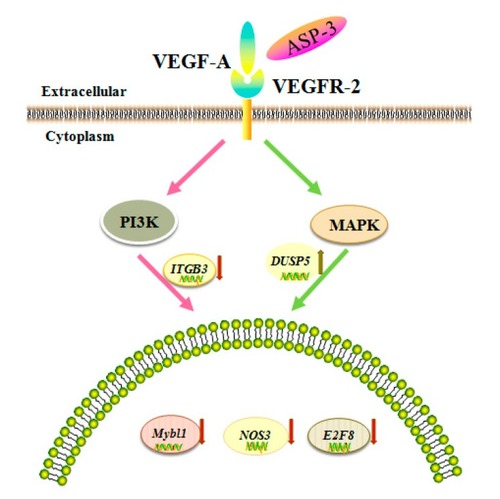- Title
-
Identification and Characterization of a Novel Protein ASP-3 Purified from Arca subcrenata and Its Antitumor Mechanism
- Authors
- Guo, Z., Shi, H., Li, C., Luo, Y., Bi, S., Yu, R., Wang, H., Liu, W., Zhu, J., Huang, W., Song, L.
- Source
- Full text @ Mar. Drugs
|
Isolation, purity, and molecular mass analysis of ASP-3. ( |
|
UV–Vis spectrum of ASP-3. |
|
FTIR spectrum of ASP-3. |
|
Secondary structure determination of ASP-3 by CD spectrum. |
|
Antiproliferative activity of ASP-3 against HepG2 cells. |
|
ASP-3 induced the changes in tumor-related gene expression of HepG2 cells. ( |
|
ASP-3 reduced VEGFR2 phosphorylation in HepG2 cells. Immunofluorescence staining was used to evaluate the distribution of VEGFR2 phosphorylation. They were stained with DAPI (blue), fluorescent secondary antibody of phospho-VEGFR2 VEGFR2 (green), and phalloidin (red), respectively. The immunofluorescence profile was visualized under a confocal fluoresce (scale bar: 20 µm). |
|
ASP-3 (100 nM) interacted with VEGFR2 based on SPR platform Biacore S200. |
|
The predicted docking model and diagrams of ASP-3 and VEGF/VEGFR2. ( |
|
ASP-3 inhibits VEGF-induced tube formation of HUVECs in vitro. ( |
|
Anti-angiogenesis activity of ASP-3 in transgenic zebrafish model. ( |
|
Proposed mechanism of antitumor effect of ASP-3. |




